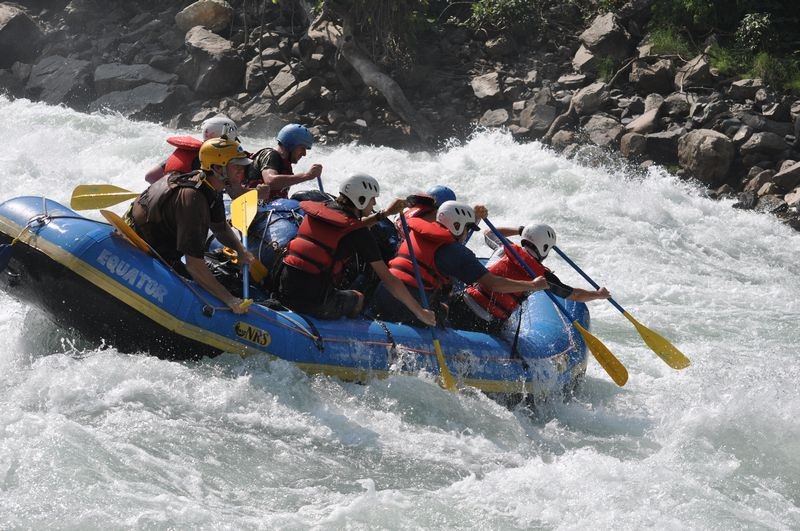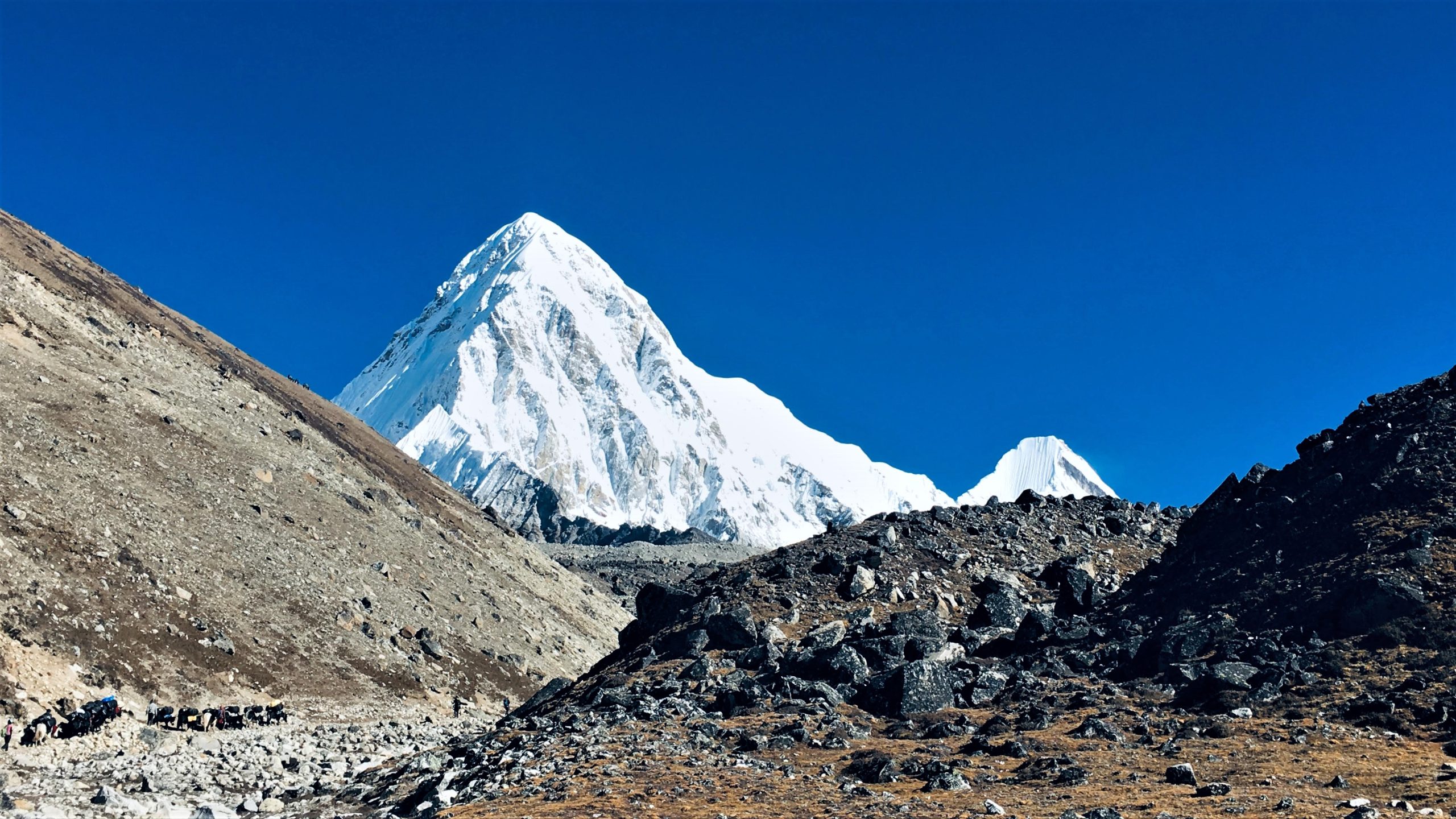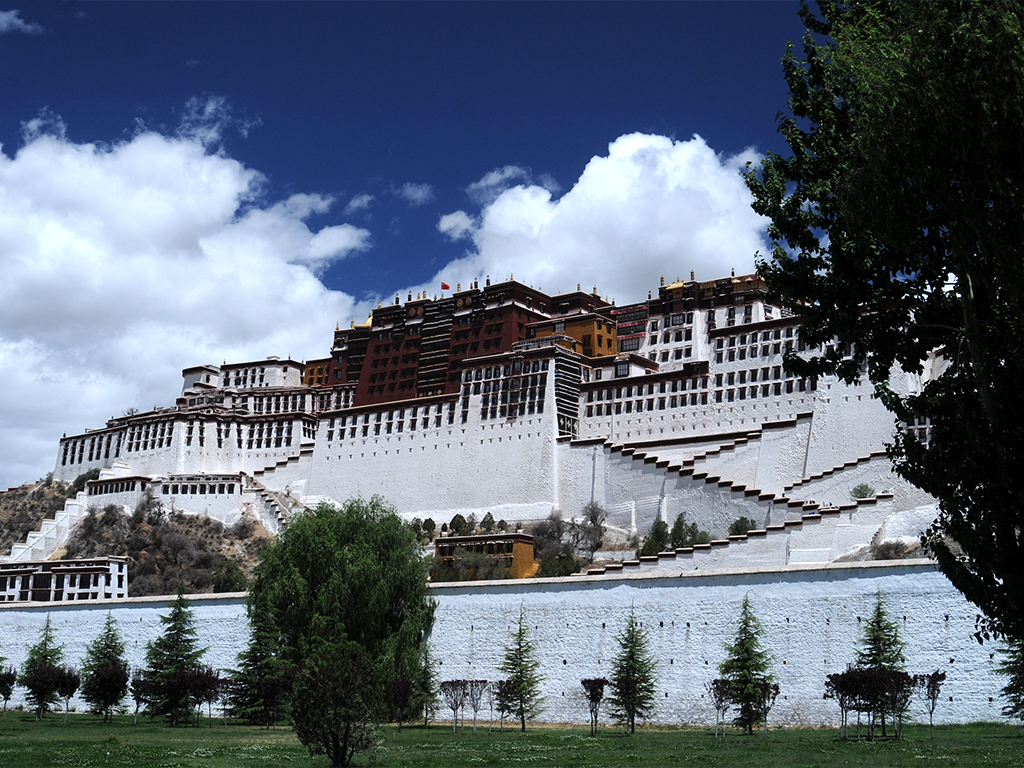The Tamur River rafting starts with an internal flight from Kathmandu to Biratnagar in the far South-East of Nepal. We take a private vehicle drive to Basantapur in the Tehrathum region, where we camp overnight. The following day, we begin an awe-inspiringly beautiful 4-day trek to Dobhan through the remote Taplejung region of Eastern Nepal. From Dobhan we begin the exhilarating trip, which includes a day relaxing on a remote river beach or an optional one-day trek visiting local villages. The Tamur is best tackled between October and November, and February and May.
Probably the best combination trip in Nepal is magnificent white water, beautiful valley, and the most scenic treks in Nepal. The Tamur and its tributaries drain the snows of Kanchenjunga third highest peak in the world. The river is the sixth largest river in Nepal and seems to have a feeling of thrusting power and of being constrained by its valley sides. The first commercial run of the Tamur was in 1990 and there have been very few descents since then. It is an outstandingly beautiful river with superb views of the Himalayan range including Mt. Everest, Mt. Kanchenjunga and Mt. Makalu. The river trip includes around 120 km descent. It passes through more than 100 of the most exciting rapids. Difficulty level is also varies from grade 3 to 5. This is one of the best white-water expedition trips in the world.
Book your Tamur River rafting expedition with us! Shangri-La Voyages Team













